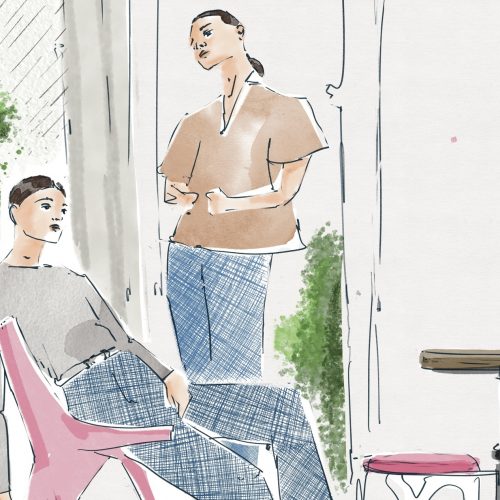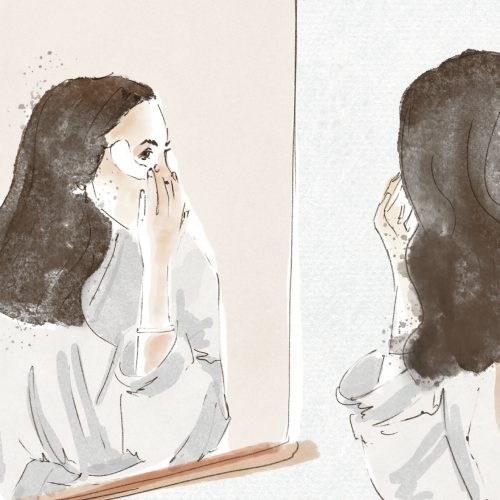Recycling At Home | What are we doing wrong?
What is recycling? What are the benefits of doing it right? What are the most common recyclables? What are we doing wrong when recycling? How can we get started? Welcome to our Recycling Guide, with lots of tips to do it right.
Recycling has been around for a very long time dating back to possibly as early as 500 B.C. Fast forward to the industrial age where mass production was becoming mainstream and virtually all products relied on recycling in some form or fashion due to lower material costs. For centuries, recycling was for economic, cost conscious reasons and not for the environmental factors that we typically think of today. It wasn’t until the environmental movement in the 1970’s, when Earth Day was founded, that recycling became more than a savings incentive but rather a civic responsibility that individuals have for the planet.
As single-use plastics and goods became the cultural norm, landfills burgeoned and greenhouse gas emissions increased at a higher rate due to the trapped waste. In the 1980s, Americans sent almost 150 million tons (136.08 million metric tons) of garbage to landfills each year. Today, the U.S. still dumps more than 100 million tons (90.719 million metric tons) of trash into landfills annually [source: Hall]. When you recycle instead of placing items in landfills, you are actively reducing the amount of waste that goes into landfills and the harmful emissions that damage the ozone layer.
Today, recycling has become a fairly common practice in the modern household. Residencies in countries like the United States report that they recycle 34% of the waste they create, while other countries, like Germany, report much more successful recycling programs (for example, in 2015, Germany reported that households recycled 62% of the waste created). Despite these positive trends, civilization’s consumption continues to grow, requiring even more diligence in recycling efforts.

© Victoria Wendis
WHAT IS RECYCLING?
It is the process of converting waste materials into new materials or objects. A material’s recyclability depends on its ability to reacquire the properties it had in its original state. Recycling is an alternative to "conventional" waste disposal (e.g. landfills) that can save us from creating net-new materials, thus lowering greenhouse gas emissions from manufacturing processes. It results in the reduction of energy usage, air pollution (from incineration), and water pollution (from landfilling).
WHAT ARE THE BENEFITS OF RECYCLING?
- Reduces the amount of waste sent to landfills and incinerators, which reduces the amount of greenhouse gas emissions.
- Conserves natural resources such as timber, water and minerals.
- Increases economic security by tapping a domestic source of materials.
- Prevents pollution by reducing the need to collect new raw materials.
- Saves energy and water.

© Victoria Wendis
HOW CAN I START RECYCLING?
Setting up a recycling system for your home does not have to be complicated to be effective. Recycling can seem daunting to some (memorizing recycling labels isn’t anyone’s favorite task), but it’s absolutely critical. Fortunately, Luxiders has outlined a simple process for you to get started with recycling.
- Determine what’s recyclable in your city: Each city has a different recycling standard. For example, my city does not recycle glass but does recycle cardboard and most plastics. Check with your city’s recycling guidelines to learn what items can be recycled and what collection options are available to you. Most areas offer curbside pick up at your home, drop-off sites, and donation centers for disposing of your recyclable material. You can check out Recycling Centers to learn what the protocol is for your community.
- Understand your amount of waste: This will help you know what size bin you need! If your family consumes a lot of canned and boxed goods, then perhaps you need a medium to large sized bin. If you eat mostly fresh foods and don’t do much online shopping (don’t forget that cardboard boxes are recyclable), then a smaller bin may work for your household.
- Make it easy: Pick a place in your home that gets a lot of use so you won’t forget to place recyclable items in a recycling bin in your home. I have two trash cans in my home: one for regular waste that will go to the landfill and one for recycling. I also have a canister for compost but that’s another topic for another day! Having two bins side by side reminds me to place my recyclables in the correct bin. Once it’s full, I take it out to the curbside recycling bin so that it can be collected by the city. It’s important to note that most cities cannot recycle plastic bags (e.g. trash bags), so don’t line your in-home recycling bin with a trash bag. Many people like to do this because it makes taking recycling to the curbside easy but most recycling plants cannot (or will not) process recyclables if they are in a plastic bag. Unfortunately, all of your collected recyclables will likely end up in the landfill.
- Don’t forget to wash out items before recycling: Another important step is to rinse out all of your recyclables before placing them in the recycling bin. For example, if you have a carton of milk that’s in a recyclable container, you must rinse it out before sending it to the recycling. A quick rinse will do but you want to make sure that you remove the bulk of the food items or residue. When the recycling gets processed, the heat will remove small traces of food or residue from the items but citizens should do their part and remove the bulk of the food items. Otherwise, the recyclables will be thrown into the landfill which is counterproductive to the whole reason for recycling.
WHAT ARE THE MOST COMMON RECYCLABLES?
- Paper. The recovered paper is used to make new paper products, saving trees and other natural resources. When you go shopping, look for products that are made from recycled paper.
- Batteries. Look for in-store recycling bins or community collection events to dispose of these batteries.
- Plastics. Some types of plastics are recycled much more than others. Look for products made from recycled plastic materials.
- Glass. Did you know that making new glass from recycled glass is typically cheaper than using raw materials?
- Used Oil. Never dump your used motor oil down the drain — the used oil from one oil change can contaminate one million gallons of fresh water.
- Household Hazardous Waste. Products such as paints, cleaners, oils, batteries, and pesticides that contain potentially hazardous ingredients require special care when you dispose of them. HHW may be dangerous to people or bad for the environment if poured down the drain, dumped on the ground, or thrown out with regular trash.
- Tires. Disease-carrying pests such as rodents may live in tire piles. Tire piles can also catch on fire. Most garages are required to accept and recycle your used tires when you have new ones installed.
Recycling is a way that we, as citizens of the planet, can take small steps to protect and preserve the environment. Good luck with your recycling and share what tips you’ve found to make recycling easier in the comment section below!

+ Words: Zelda Speight
Zelda Speight is a writer based in the United States whose work primarily focuses on sustainability and conscious consumerism. After studying Anthropology and Public Policy, Zelda became a management consultant where she partners with organizations during large-scale transformations. She leads communications teams for global energy companies and is a freelance writer for publications that share her passion for promoting a more conscious, sustainable lifestyle.
Find her on Instagram @bigsistercomplex




